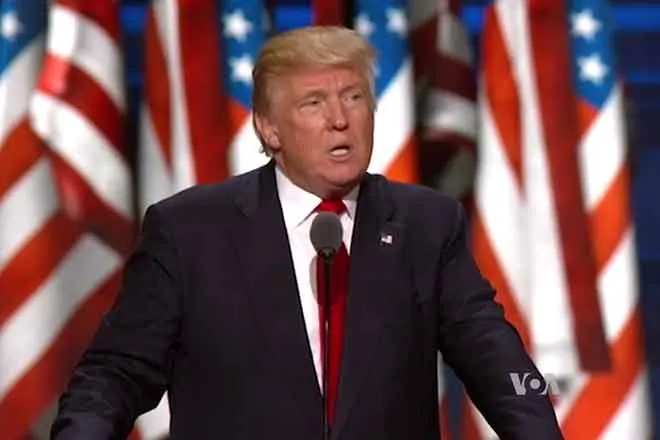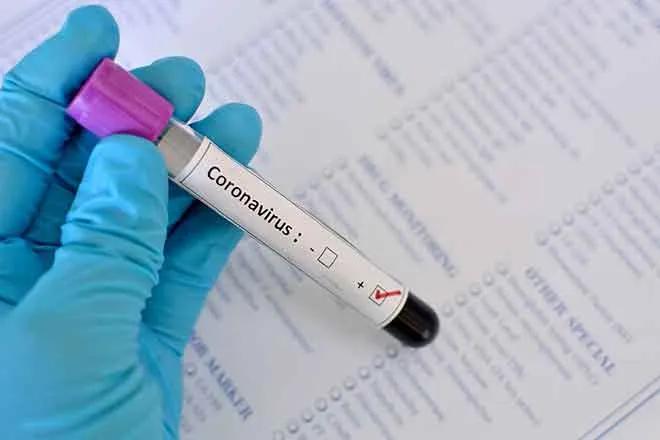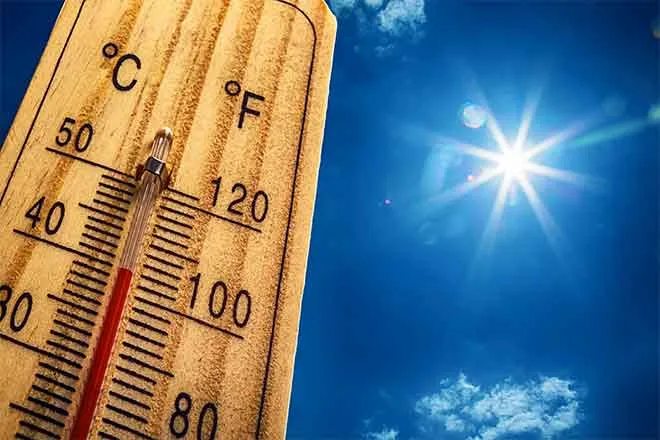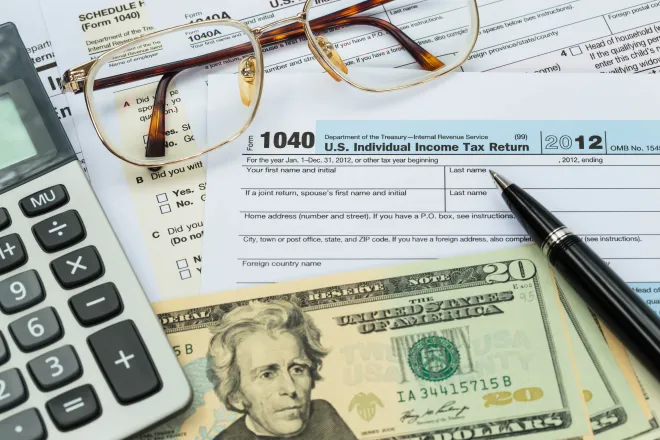
EPA again proposes power plant carbon rules
© iStock
(Kansas Reflector) The Obama administration’s 2015 Clean Power Plan — intended to cut carbon emissions from power plants — was struck down by the U.S. Supreme Court.
The Trump administration’s much-criticized replacement, the Affordable Clean Energy rule, derided as a “tortured series of misreadings” of the U.S. Clean Air Act, was also tossed by a federal court.
But the Biden administration’s Environmental Protection Agency is back at bat with a new proposed rule to regulate fossil fuel power plant carbon dioxide, which is responsible for about a quarter of U.S. greenhouse gas emissions.
EPA says its new rule, released Thursday, is based on “cost-effective and available control technologies,” and will avoid as much as 617 million metric tons of CO2 emissions through 2042, the equivalent of reducing the annual emissions of 137 million passenger vehicles. The agency claims it will also prevent hundreds of premature deaths and hospital visits, thousands of asthma attacks and relieve the burden of environmental justice communities disproportionately afflicted by power plant pollution. In 2022 alone, the electric power sector accounted for about 1.5 billion metric tons of CO2 emissions.
The rule strengthens standards for new fossil-fuel plants, (mostly natural gas) and establishes emissions guidelines for states to follow in limiting carbon pollution from existing fossil fuel plants, which can be coal, gas or oil-fired.
“EPA’s proposal relies on proven, readily available technologies to limit carbon pollution and seizes the momentum already underway in the power sector to move toward a cleaner future,” EPA Administrator Michael Regan said in a statement. “Alongside historic investment taking place across America in clean energy manufacturing and deployment, these proposals will help deliver tremendous benefits to the American people — cutting climate pollution and other harmful pollutants, protecting people’s health and driving American innovation.”
However, some power plant operators warn it could imperil electric reliability by accelerating power plant closures before enough cleaner resources are ready. And some environmentalists say technologies the rule cites — carbon capture and storage and co-firing natural gas plants with clean burning hydrogen — are far from proven at the scale that will be required.
Others say the rule could be improved by setting lower thresholds for applicability (as proposed it only applies to the largest and most frequently used gas plants.
Reliability and sustainability
The Electric Power Supply Association, a trade group that represents competitive power generators, warned that the rule could intensify potential future electric reliability challenges. Indeed, some regulators fear that the increasing pace of power plant retirements, combined with increasing electrification in transportation and other sectors and the difficulty of getting new, primarily renewable resources sited and connected to the grid, could create shortfalls in electric supply in the near future.
“Once again, aspirational policy is getting ahead of operational reality,” EPSA President and CEO Todd Snitchler said in a statement. ”If finalized, these aggressive rules will undoubtedly drive up energy costs and lead to a substantial number of power plant retirements when experts have warned that we are already facing a reliability crisis due to accelerated retirements of dispatchable resources.”
The Edison Electric Institute, which represents investor-owned electric utilities that provide electric service to more than 235 million people in all 50 states, was more measured.
“Just as we do with any rulemaking, we will assess EPA’s proposed new regulations through the lens of whether they align with our priorities and support our ability to provide customers with the reliable clean energy they need at an affordable cost,” Edison CEO Tom Kuhn said. Kuhn said carbon emissions from the power sector are as low as they were in 1984 despite electric use climbing 73% over the past four decades.
Priorities for electric companies in the final rule, expected to go into effect sometime next year, are for compliance deadlines to align with “existing transition plans” and “recognition of the critical role existing and new natural gas generation plays,” Kuhn said. The utility industry also wants “a range of compliance flexibilities” that include hydrogen and carbon capture and storage “when they are commercially available at scale and cost.”
Several environmental and renewable energy industry groups celebrated the proposed rule.
“Power plants have been allowed to pump deadly carbon dioxide pollution into the air we breathe, threatening our communities and our future, with nearly no federal limits — until now. Today’s proposal marks a significant step forward, and we’re pleased to see the Biden administration continue to address climate pollution in a serious way,” said Ben Jealous, executive director of the Sierra Club.
The American Council on Renewable Energy called it “an important step forward” that comes as the threat posed by climate change becomes increasingly severe.
“It is clear that we need a regulatory framework for reducing carbon emissions to complement the helpful incentives in the Inflation Reduction Act if we are to achieve our climate targets,” ACORE said.
‘Putting forward their very best foot’
But can the rule survive another expected legal challenge?
Patrick Morrisey, the Republican attorney general of West Virginia who sued the EPA over the Obama-era Clean Power Plan, was quick to challenge the legitimacy of the new proposed rule.
“Based upon what we currently know about this proposal, it is not going to be upheld, and it just seems designed to scare more coal-fired power plants into retirement — the goal of the Biden administration,” Morrisey said in a statement Thursday. “That tactic is unacceptable, and this rule appears to utterly fly in the face of the rule of law. The U.S. Supreme Court has placed significant limits on what the EPA can do — we plan on ensuring that those limits are upheld, and we expect that we would once again prevail in court against this out-of-control agency.”
Julie McNamara, a deputy policy director at the Union of Concerned Scientists, said the legal issue has never been whether EPA has the authority to regulate carbon emissions but rather how that power is exercised. With the Clean Power Plan, the Supreme Court ruled the agency overreached, finding that it could not direct power plants to shift from fossil fuels to cleaner sources like wind and solar. Rather, it held the EPA could set emissions limits by determining the “best system of emission reduction” for existing sources at that facility, not force a change in generation source.
The new rule, she said, is more narrowly focused and tailored to the confines of the Supreme Court ruling.
“EPA has been incredibly thoughtful about this and are putting forward their very best foot to try to have a defensible rule,” McNamara said. “It’s a certainty these will go to the courts but it’s not a certainty that the courts will take it up.”
McNamara said that when the rule becomes finalized next year, it will be up to states to submit plans for compliance.
“It’s up to the states to say what is the most cost effective and forward looking approach to achieving these emissions reductions,” she said.
Brian Murray, director of Duke University’s Nicholas Institute for Energy, Environment and Sustainability, said the rule builds on the array of clean energy incentives in last year’s Inflation Reduction Act.
“Putting a regulation on top of that means that the regulation itself is more economically achievable because of the subsidies,” he said. “The IRA is doing a lot of the heavy lifting for the reductions that are being sought by the administration.”
Joining with many states’, utilities’ and corporations’ own decarbonization goals, the rule adds a lot of momentum that might be tough to derail.
“You take all these together and everything is walking in the same direction,” Murray said.
Carbon capture questions
Wenonah Hauter, executive director of Food & Water Watch, a nonprofit focused on environmental activism, called carbon capture “a fossil fuel industry propaganda scheme” that’s wasted billions of dollars and produced “a series of spectacular failures.”
An October report from the Congressional Research Service said the U.S. Department of Energy has funded carbon capture research and development since “at least 1997” and that Congress has provided $9.2 billion since 2010 in annual appropriations for the DOEs’ Fossil Energy and Carbon Management Research, Development, Demonstration, and Deployment program.
The 2021 bipartisan infrastructure law included billions more for carbon capture facilities. Most existing carbon capture projects use the CO2 to enhance oil production in aging oil wells. The first and only U.S. power plant capturing carbon in large quantities was the Petra Nova project in Texas, though carbon capture was suspended in 2020, the report says.
“There is broad agreement that costs for constructing and operating (carbon capture and storage) would need to decrease before the technologies could be widely deployed. In the view of many proponents, greater CCS deployment is fundamental to reduce CO2 emissions,” the report says. “In contrast, some stakeholders do not support CCS as a mitigation option, citing concerns with continued fossil fuel combustion and the uncertainties of long-term underground CO2 storage.”
Andres Restrepo, a senior attorney with the Sierra Club, said the expansion of fossil fuel plants is “incompatible with a livable future” but noted that because of the Supreme Court’s ruling in the West Virginia v. EPA case, blending natural gas with hydrogen for power production and carbon capture “form the basis for the strongest possible standards that the EPA can legally propose.”
The EPA’s own projections show that many more power plants are likely to retire rather than install carbon capture, he added.
“We also believe the standards are likely to help deter some of the expected build-out of new gas plants in the first place,” Restrepo said. “Therefore, these standards are much more likely to reduce climate emissions and improve public health than simply maintaining the status quo.”
Kansas Reflector is part of States Newsroom, a network of news bureaus supported by grants and a coalition of donors as a 501c(3) public charity. Kansas Reflector maintains editorial independence. Contact Editor Sherman Smith for questions: info@kansasreflector.com. Follow Kansas Reflector on Facebook and Twitter.

















